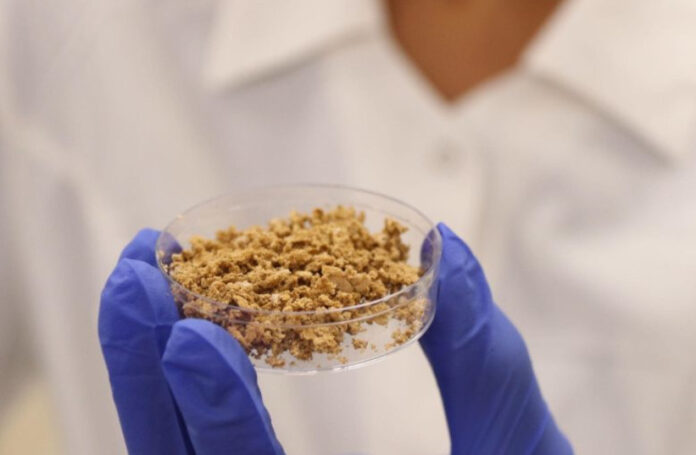I am not a coffee drinker. I prefer tea. But much of humanity runs on their morning java jolt of caffeine to get them going. So coffee is the prime deliverer of our drug of choice on Earth.
From where does coffee come? The drink comes from the coffee bean which is produced by the Rubiaceae plant, an evergreen shrub that is cultivated on more than 12.5 million farms in over 80 countries.
Optimal growing conditions for Arabica exist between 400 and 1,200 metres (approximately 1,300 and 3,900 feet) in elevation in the tropics and between 1,000 and 2,100 metres (3,300 and 6,900 feet) at the equator.
The journal Frontiers in Plant Science in October 2021 included an article describing the plight of coffee noting that “climate conditions outside optimal ranges including heat waves and droughts…are expected to impact coffee production.”
For Central America, a prime coffee-growing region today, it means dramatic decreases in suitable conditions over the next 30 years while the opposite may become true for regions in East Africa and Asia where cultivation may increase. Besides changes in the geographic range of where coffee is planted, climate change will impact the quality of a cup of coffee.
The measured term for quality is the balanced cup. A balanced cup exhibits the right levels of acidity, flavour and aroma. The chemistry is a blend of a complex of caffeine and chemicals too long to mention here. The balanced cup is not just the end product of the environment where the beans are grown but also how they are harvested, processed and stored.
Coffee also faces a disease threat called Coffee Rust. It is a fungal infection that defoliates the shrubs and reduces yields. Rust can devastate farms and is increasingly immune to fungicides and other treatments. Fungicide application may be needed more than once through a growing season. It is expensive and often out of the price range of smallholder coffee farmers. The result is Rust epidemics that have broken out in Costa Rica, Nicaragua, Brazil, Colombia, and Honduras causing significant drops in bean production.
None of the above is good news for coffee lovers. Forecasts indicate coffee bean production may decrease by half in 2050. To reverse this trend Arabica and Robusta beans need new places to grow. In the tropics and equatorial regions, coffee plants will need to move to higher ground where soil and precipitation may reduce yields and negatively impact the chemistry that produces the balanced cup.
Coffee drinkers should expect to pay higher prices to fuel their morning addiction. Hopefully, they won’t equally be asked to accept a less-than-perfect balanced cup.
An Alternative Way To Make A Cup of Coffee
Do coffee drinkers care if the perfect cup of java comes from a bean or a laboratory?
We may soon find out. Pluri Biotech is a Haifa, Israel-based company that has created a cell-based coffee. On its website, it states that Pluri Coffee provides “a sustainable alternative to traditional coffee production.” It is produced with 3D-cell-expansion technology using a bioreactor, leaves from a coffee plant, and 2% of the water agriculture uses to make coffee.
A Jerusalem Post article published in January quotes Pluri CEO, Yaky Yanay, who when he tried the first cup of coffee from the bioreactor noted that it tasted “just like coffee,” specifically Cafe Americano, a popular diluted espresso.
The Pluri Coffee product looks like instant coffee (see image above). Just add boiled water and drink for a perfect, balanced cup. Yanay claims that the process can duplicate all flavours of coffee. The company plans to launch a coffee-focused subsidiary.
Pluri also uses bioreactor technology to turn cells into other novel products including cultivated meats. The company has launched Ever After Foods to enter the mass market to produce what it calls “multiple novel plant nutrition solutions.”









